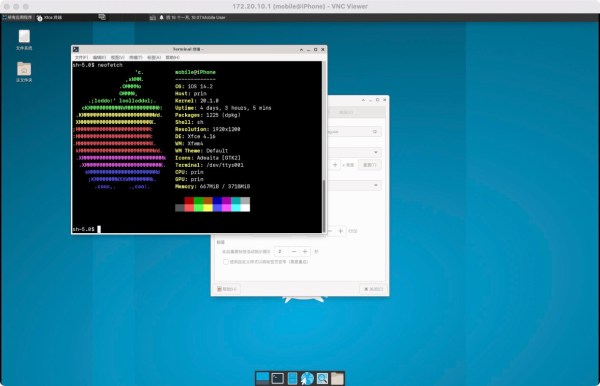I hope everyone had a wonderful Thanksgiving last week. My household celebrated by welcoming a 4th member to the family. My daughter was born on Wednesday morning, November 25th. And thus explains what I did last week instead of writing the normal Hackaday column. Never fear, we shall catch up today, and cover the news that’s fit to be noticed.
iOS Zero-click Wifi Attack
[Ian Beer] of Google’s Project Zero brings us the fruit of his lockdown-induced labors, a spectacular iOS attack. The target of this attack is the kernel code that handles AWDL, an Apple WiFi protocol for adhoc mesh networks between devices. The most notable feature that makes use of AWDL is AirDrop, Apple’s device-to-device file sharing system. Because AWDL is a proprietary protocol, the WiFi hardware can’t do any accelerated processing of packets. A few years back, there was an attack against Broadcom firmware that required a second vulnerability to jump from the WiFi chip to the device CPU. Here, because the protocol is all implemented in Apple’s code, no such pivot is necessary.
And as you’ve likely deduced, there was a vulnerability found. AWDL uses Type-Length-Value (TLV) messages for sending management data. For a security researcher, TLVs are particularly interesting because each data type represents a different code path to attack. One of those data types is a list of MAC addresses, with a maximum of 10. The code that handles it allocates a 60 byte buffer, based on that maximum. The problem is that there isn’t a code path to drop incoming TLVs of that type when they exceed 60 bytes. The remainder is written right past the end of the allocated buffer.
There is more fun to be had, getting to a full exploit, but the details are a bit too much to fully dive in to here. It interesting to note that [Ian] ran into a particular problem: His poking at the target code was triggering unexpected kernel panics. He discovered two separate vulnerabilities, both distinct from the vuln he was trying to exploit.
Finally, this exploit requires the target device to have AWDL enabled, and many won’t. But you can use Bluetooth Low Energy advertisements to trick the target device into believing an Airdrop is coming in from a trusted contact. Once the device enables AWDL to verify the request, the attack can proceed. [Ian] reported his findings to Apple way back in 2019, and this vulnerability was patched in March of 2020.
Via Ars Technica.
Continue reading “This Week In Security: IOS Wifi Incantations, Ghosts, And Bad Regex” →




















